The dense rainforests of Central Africa echo with the deep, resonant chest beats of a creature that embodies both raw power and surprising tenderness. Silverback gorillas, the patriarchal leaders of their troops, navigate a complex world where violence and compassion exist in delicate balance. These magnificent primates, named for the distinctive silver saddle of hair that develops on mature males, command respect through sheer physical dominance while simultaneously displaying extraordinary care for their family groups.
Witnessing a silverback in full display is one of nature's most awe-inspiring spectacles. Standing upright at nearly six feet tall and weighing up to 400 pounds, the muscular patriarch will beat his chest with cupped hands, creating a thunderous sound that carries through the jungle. He'll tear at vegetation, charge on all fours with terrifying speed, and bare his enormous canine teeth - all to intimidate rivals or potential threats. This terrifying show of force has cemented the silverback's reputation as one of the animal kingdom's most formidable creatures.
Yet behind this fearsome exterior lies a surprisingly gentle soul. Researchers who have spent years observing mountain gorillas report countless instances of silverbacks carefully breaking up fights between juveniles, comforting distressed family members with hugs, and even adopting orphaned youngsters. The same hands that can crush bamboo stalks with ease will gently groom a sleeping infant or support an elderly female struggling to keep pace with the troop. This dichotomy between brute strength and emotional intelligence makes the silverback one of nature's most fascinating contradictions.
The social structure of gorilla troops revolves entirely around the silverback's leadership. A typical group consists of several adult females, their offspring, and occasionally subordinate males who recognize the dominant male's authority. The patriarch makes all crucial decisions - when to feed, where to nest, and how to respond to danger. His word, communicated through a sophisticated system of grunts, gestures, and body language, is law. Challenges to his authority are rare but explosive, often resulting in violent clashes that leave permanent scars as testament to these battles for dominance.
What's most remarkable is how rarely silverbacks need to resort to actual violence to maintain order. Their mere presence and occasional displays of aggression are usually sufficient to keep the peace. Studies have shown that gorilla troops led by strong, confident silverbacks experience significantly less infighting than groups with weaker or younger leaders. The stability provided by an experienced patriarch allows females to focus on raising their young and contributes to the overall health of the troop.
Parenting reveals perhaps the most touching aspect of silverback behavior. Unlike many other primate species where males show little interest in offspring, gorilla fathers are deeply involved in child-rearing. They patiently tolerate infants climbing over them, will intervene in squabbles between youngsters, and have been observed comforting crying babies by holding them close. When a mother dies, the silverback often assumes primary care of her orphan, carrying the infant, sharing his nest, and even letting the youngster sleep on his broad back as the troop travels.
The silverback's protective instincts extend to the entire troop. Researchers have documented numerous cases of patriarchs placing themselves between danger and their families, whether facing down leopards, charging elephants, or human poachers. This willingness to sacrifice themselves for the group explains why gorilla troops often disintegrate when their silverback is killed, with infants particularly vulnerable to infanticide by outside males seeking to establish dominance.
Conservation efforts have revealed another dimension to silverback psychology - their capacity for forgiveness and adaptation. Gorillas rescued from poachers or habituated to researchers demonstrate an extraordinary ability to overcome trauma and accept human presence. Famous silverbacks like Rwanda's Titus, who survived the slaughter of his entire family as an infant to become one of the most successful patriarchs ever observed, show remarkable resilience. Their stories highlight not just the physical toughness of these animals, but their emotional depth as well.
Modern research continues to uncover new facets of silverback behavior that challenge our understanding of animal intelligence and emotion. Brain imaging studies reveal neural structures associated with complex social reasoning and emotional processing. Observations of gorillas mourning dead companions, sharing food without coercion, and remembering individual humans years after last contact suggest cognitive abilities we're only beginning to comprehend.
The future of these magnificent creatures remains uncertain as habitat loss and human encroachment threaten their survival. Yet the more we learn about silverbacks, the clearer it becomes that we're not just protecting another species - we're preserving a complex society with its own rules, relationships, and rich emotional life. The silverback's paradoxical nature - both fearsome warrior and gentle guardian - serves as a powerful reminder that strength and compassion are not opposites, but complementary qualities that have allowed these remarkable primates to thrive against all odds.
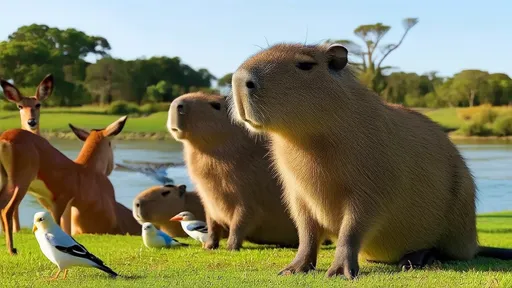
By /Jun 10, 2025
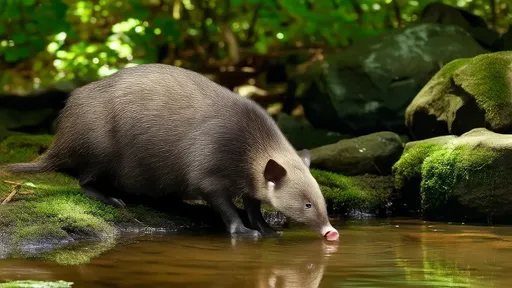
By /Jun 10, 2025
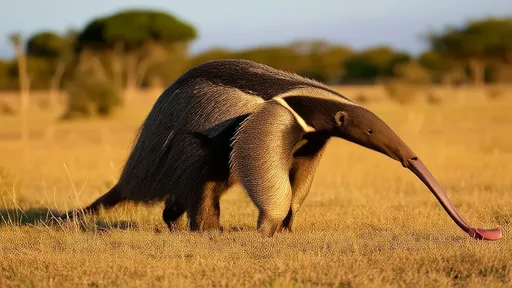
By /Jun 10, 2025
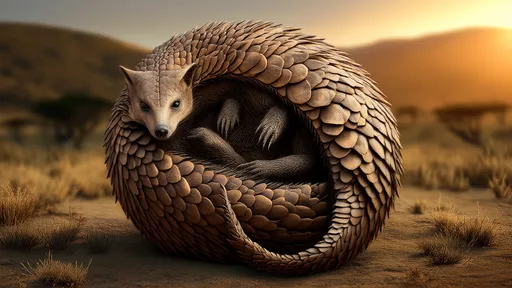
By /Jun 10, 2025
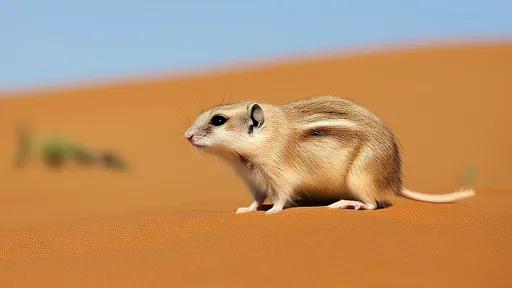
By /Jun 10, 2025
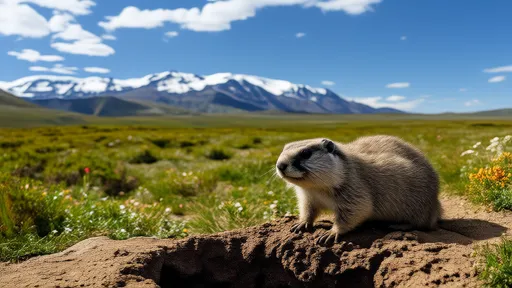
By /Jun 10, 2025
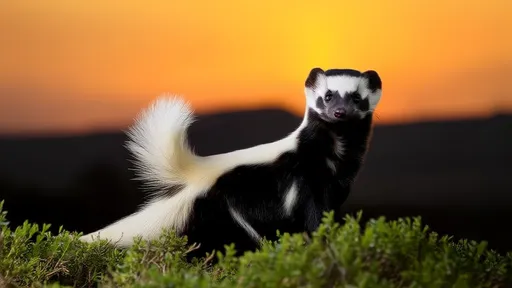
By /Jun 10, 2025
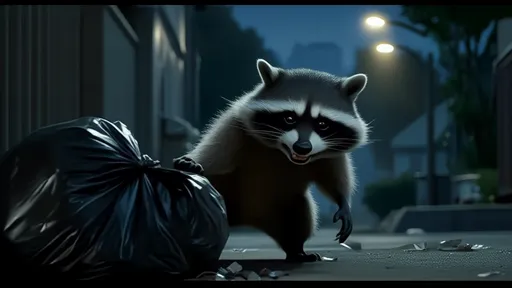
By /Jun 10, 2025

By /Jun 10, 2025
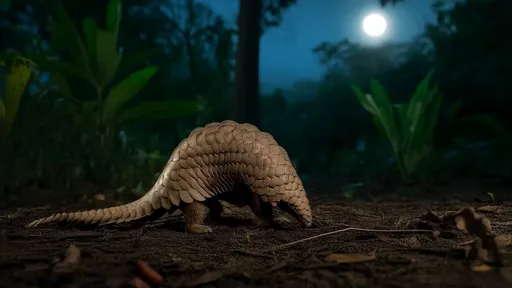
By /Jun 10, 2025
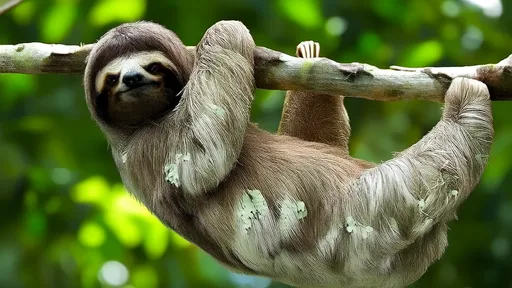
By /Jun 10, 2025
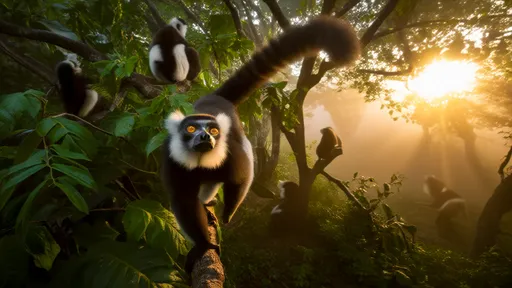
By /Jun 10, 2025

By /Jun 10, 2025
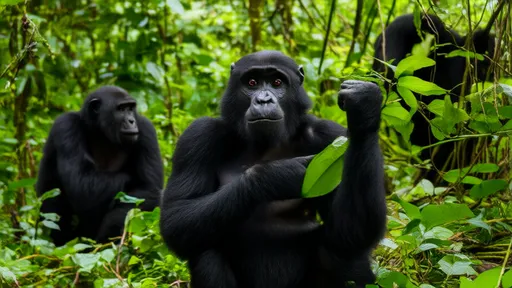
By /Jun 10, 2025
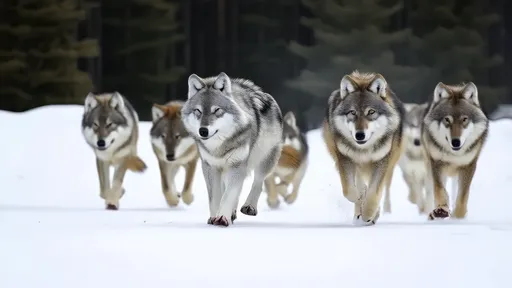
By /Jun 10, 2025
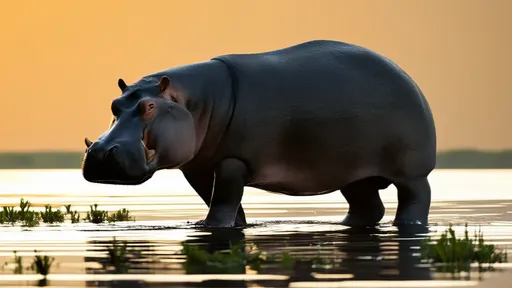
By /Jun 10, 2025
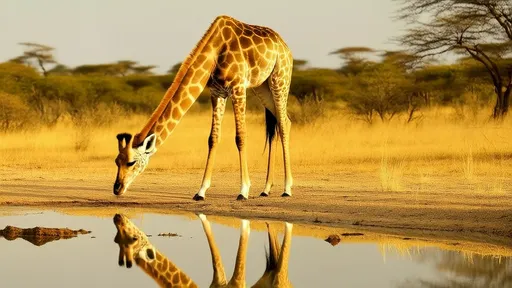
By /Jun 10, 2025